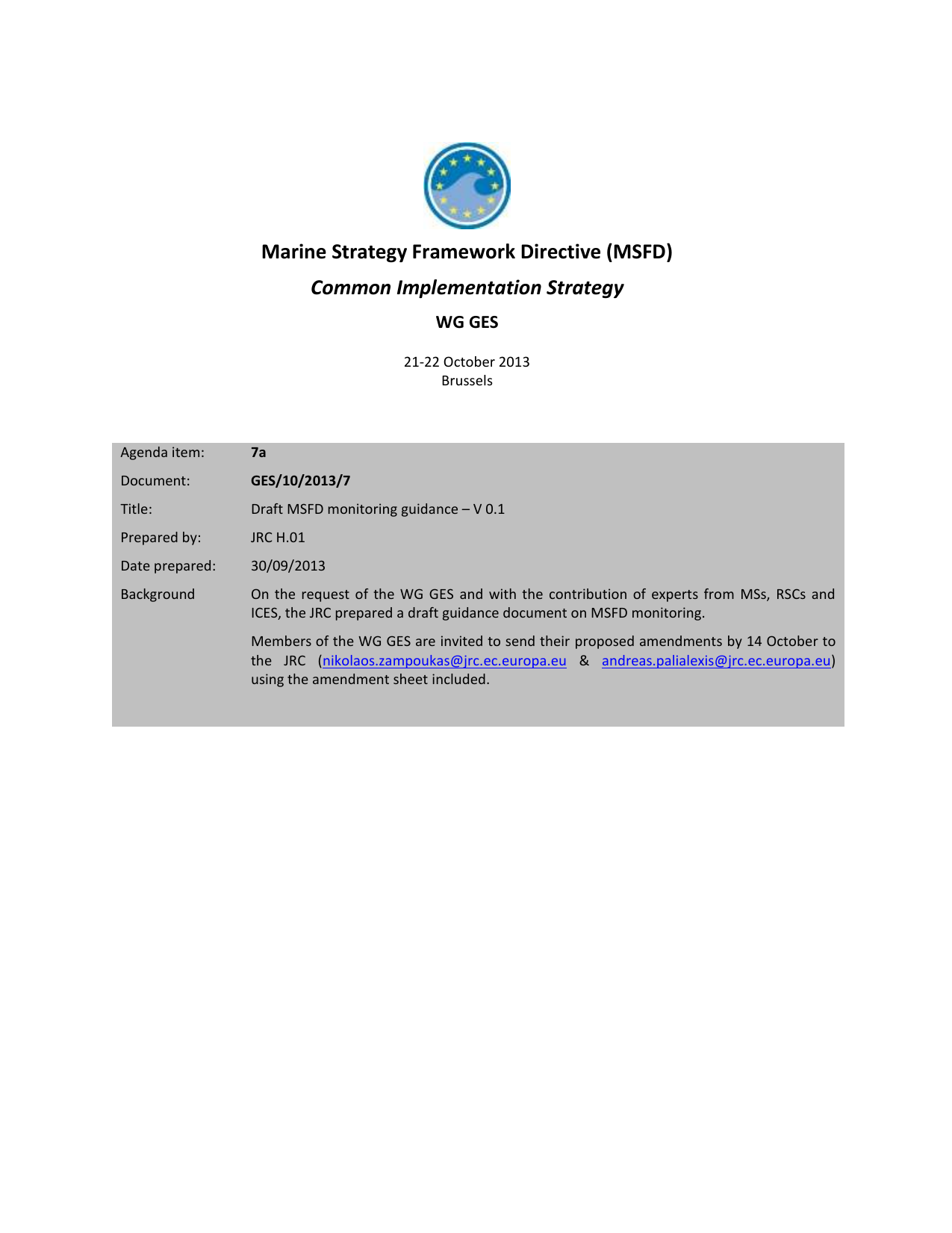
Micro Korg Piano Patch
The hugely popular Microkorg — the world's best‑selling synth for the past few years, according to its makers — has gained what Korg describe as a 'big brother'. Will it repeat the success of its sibling? The latest keyboard from Korg is a fine example of a mysterious Eastern art‑form known as 'extracting maximum return from R&D”. With keen Japanese ingenuity, a generous portion of the R3, Korg's vocoder‑equipped, portable synth derived from the powerful Radias 'module plus keyboard' package, has been shoe‑horned into petite, Microkorg dimensions. The resulting Microkorg XL, with its minimal, retro style resembles a scaled‑down model of a classic electric piano — but its sound engine is firmly rooted in the tradition of the Radias. (See and for more on the Radias and the R3). Weighing in at a mere 2kg, this is a keyboard to secure firmly when playing outdoors.
How to Patch a Micro. Korg for use with a Micron BANSHEE talkbox « Piano & Keyboard. Korg synth / vocoder combined with a Micron BANSHEE talk box allow you to make a lot of great, funky music without too much equipment.  Finding the right patches on the synth that make the talk box sound the best can be tough, so Talk.
Finding the right patches on the synth that make the talk box sound the best can be tough, so Talk.

If the goal was to make the smallest self‑contained synth around, Korg have planted one firmly in the net. An external PSU is provided, but the XL can run quite happily from six AA batteries, further boosting its 'take me out' credentials. However, be careful when tossing it into your rucksack.
I'm not confident the knobs — especially those big, wobbly ones for Genre and Category selection — would long endure rough treatment. Generally, I felt the moulded black-plastic body looked more classy on the screen or page than it does up close.
With any instrument of this size, producing a playable keyboard is going to be a challenge, and I was intrigued to see how the new 'Natural Touch' version performed. Its 37 miniature keys are chunky and square, with the black notes squeezed in slightly, donating a fraction of the available width to their white brethren.
The keyboard action is very light — far lighter than the mini keys of my Yamaha CS01 synth, for example. But if you can adapt to this, you have three full octaves in a package just 55cm long.
A sprung octave transpose switch further expands the range. In common with the earlier Microkorg, there are no pedal inputs of any kind. OK, so you're unlikely to attempt Grieg's Piano Concerto on this keyboard, but a sustain pedal is valuable for so many other purposes, not least when combined with an arpeggiator. The remaining connections are pretty much as you'd expect, with all audio handled via quarter‑inch jacks (that's a stereo output pair, a headphone socket and an external input). Adjacent to the input is a switch to determine whether it or the included XLR mic will be the external source used. A USB socket is your means of direct computer interfacing (about which more later) and MIDI is catered for by just two sockets: Thru has been omitted.